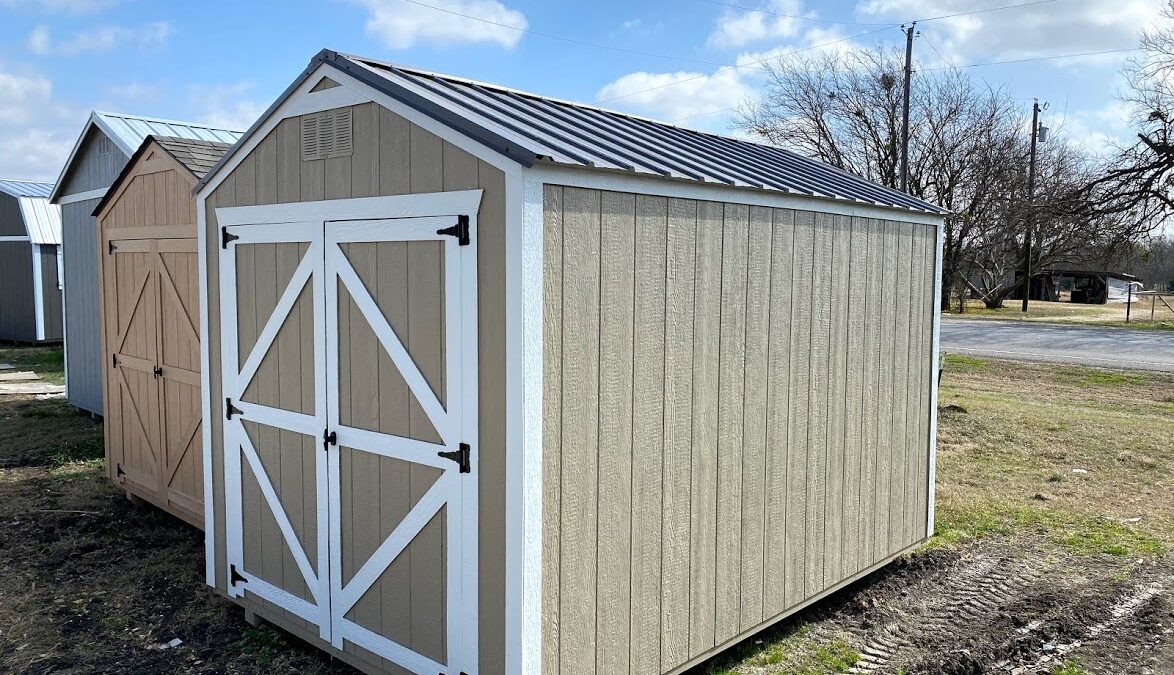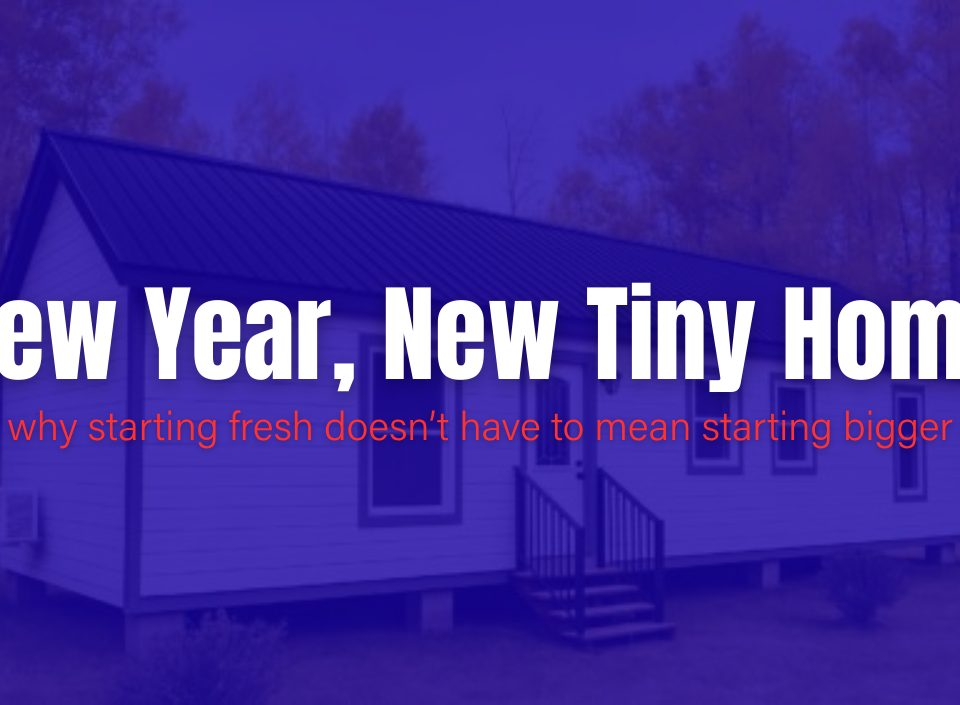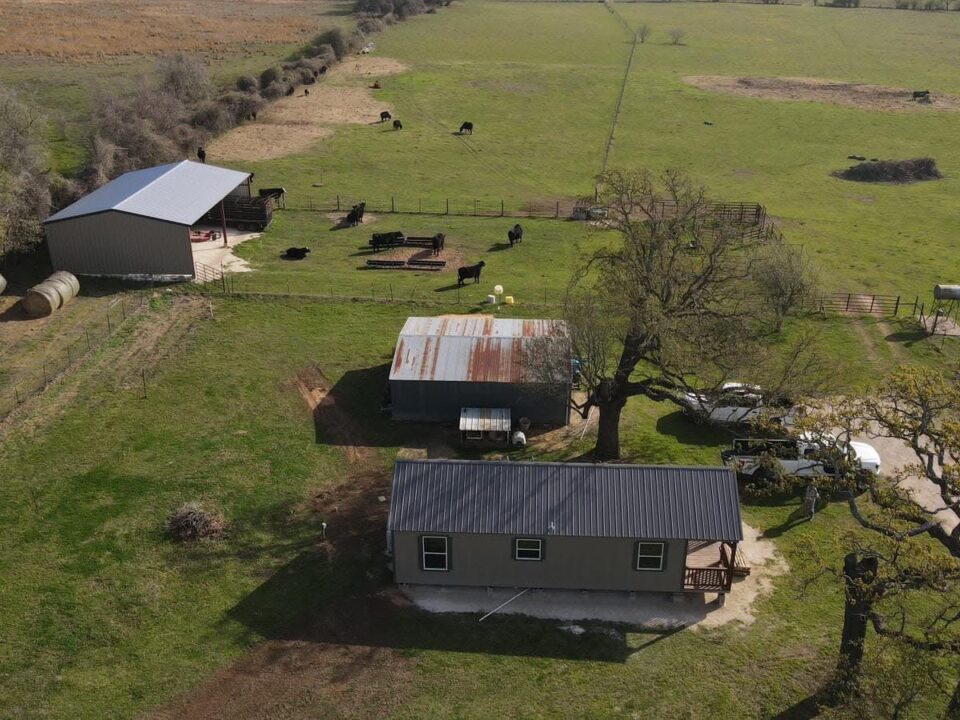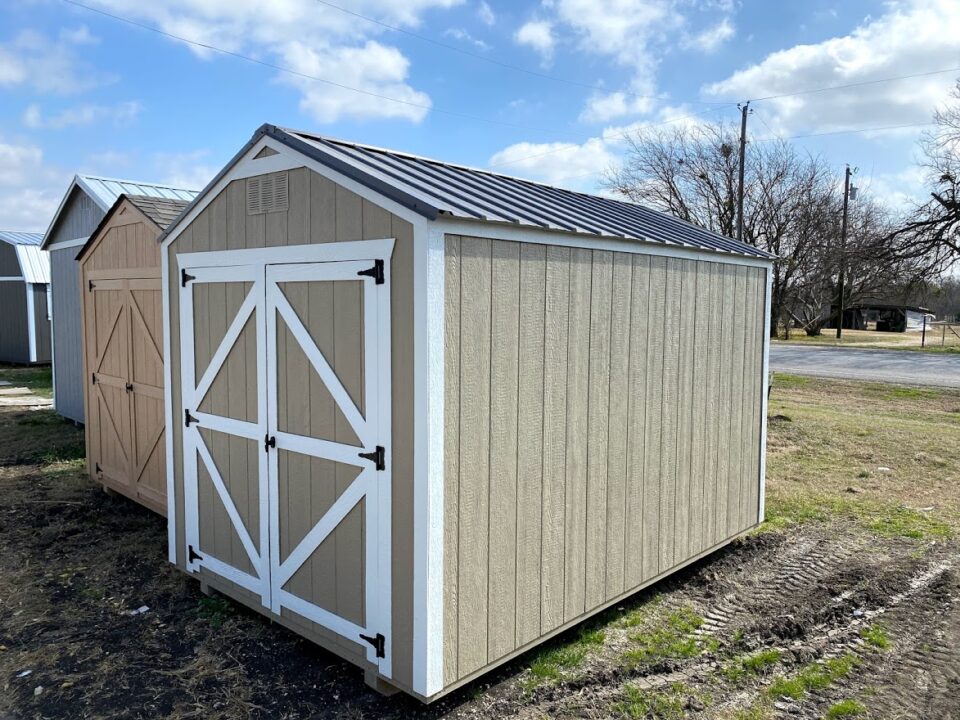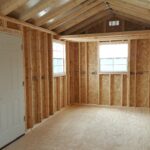
How to Add Electricity to Your Shed in 2025 | Wolf Valley Buildings
June 28, 2025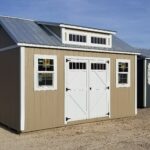
Garden Shed Ideas for 2025 | Wolf Valley Buildings
June 30, 2025🧱 Best Shed Materials for Texas Weather
If you live in Texas, you already know—weather here is intense. From scorching summers to icy winter surprises, your shed needs to do more than just store your tools. It needs to stand its ground. That’s why choosing the best shed materials is so important. The right materials can mean the difference between a shed that warps and rots in a year, and one that stands strong for decades.
Why the Right Material Matters in Texas 🏜️
Texas weather is unforgiving. UV rays beat down relentlessly in summer, while storms and humidity take a toll year-round. If your shed isn’t built with heat, wind, and moisture in mind, it won’t last. Many people only consider how their shed looks—but looks fade fast when boards crack, metal rusts, or roofing leaks. That’s why we always advise starting with strong, weather-ready materials from the ground up.
The Natural Appeal of Pressure-Treated Wood
For those who love a timeless, rustic look, pressure-treated wood remains a favorite. When treated correctly, it resists rot, pests, and the harsh swings in Texas humidity. It’s easy to stain or paint and looks right at home in any rural or suburban backyard. While it does require maintenance over time—like sealing or re-treating—it holds up well when cared for and brings that classic charm many shed buyers are looking for.
Metal: Tough, Long-Lasting, and Heat Reflective 🪙
Metal sheds are becoming a top choice, especially in hot climates. Steel or aluminum siding is fire-resistant, strong against wind, and reflects sunlight better than other materials—making it a smart option for those trying to keep internal temperatures manageable. Metal roofs, in particular, perform well under Texas sun and hail. Some homeowners worry about noise during rainstorms or dents from debris, but modern metal is more durable than ever, especially when reinforced with foam backing or radiant barrier insulation.
Vinyl: Low-Maintenance and Clean
If you’re looking for a sleek finish with minimal upkeep, vinyl siding is worth considering. It resists rot, pests, and fading—even under intense sun. While it doesn’t have the same structural strength as metal or wood, vinyl is an excellent outer shell that holds up in dry heat. It’s also easy to rinse clean with a garden hose, making it a favorite among homeowners who want simple upkeep.
Composite: Modern Materials for Modern Sheds 🧩
Composite panels combine wood fibers and resins to create a product that mimics wood while outperforming it in key areas. This material won’t crack, warp, or splinter, and it resists pests and moisture with ease. While the initial cost is a bit higher than other materials, composite sheds are long-lasting and require less maintenance—making them a solid investment for Texas properties. They’re also a great eco-conscious option, as many composites use recycled content.
Don’t Forget the Roof ☀️
A shed’s roof takes the brunt of Texas weather, so it deserves attention. Metal roofing is one of the best choices for heat reflection and hail resistance. Architectural shingles also hold up better than standard three-tab options, offering extra durability and wind resistance. For specialty uses—like greenhouses or light-filtering garden sheds—polycarbonate roofing can be a beautiful and practical solution. Regardless of the material, adding vents near the roofline is essential to allow hot air to escape and reduce internal heat buildup.
Why Ventilation and Insulation Matter
Even the strongest materials will struggle without good airflow and insulation. That’s especially true if you plan to store valuable equipment, sensitive supplies, or spend time inside the shed. Reflective foil insulation can help block radiant heat, while ridge vents or gable vents improve air circulation. Sealing gaps around doors and windows will also keep out dust, pests, and drafts, enhancing both comfort and efficiency.
If you’re planning a climate-controlled shed, or simply want to avoid extreme interior temperatures, don’t skimp on ventilation and insulation—these are critical finishing touches that protect your investment from the inside out.
Durable Shed Floors for Texas Ground
When it comes to flooring, pressure-treated lumber remains a reliable choice for elevated sheds. It resists rot and can be installed on skids or piers to keep it off wet or shifting ground. For a permanent structure, a concrete slab offers unbeatable stability and is easy to clean. Composite deck boards are another option, especially in humid areas where you want added moisture resistance without the risk of rot or termite damage.
Internal & External Resources
To dive deeper into material decisions and shed design ideas, explore our related blogs on Smart Solutions for a Clutter-Free Life, and Sheds vs Garages: Which Is Better for Storage? For pricing and customizations, visit our Shed Styles & Pricing page. You can also find building material comparisons from Texas A&M AgriLife Extension—a trusted resource for Texas builders and homeowners.
Build It Right with Wolf Valley Buildings 🛠️
When it comes to Texas weather, shortcuts won’t cut it. Choosing the best shed materials is more than a checklist—it’s a commitment to long-term performance and peace of mind. Whether you want classic wood, rugged metal, or innovative composites, we help you select the perfect fit for your climate, usage, and budget.
At Wolf Valley Buildings, our sheds are built with durability and design in mind. We don’t just build for today—we build for the next decade.
👉 Contact us today for a custom shed built for Texas weather. Let’s make sure your next shed stands the test of time.

